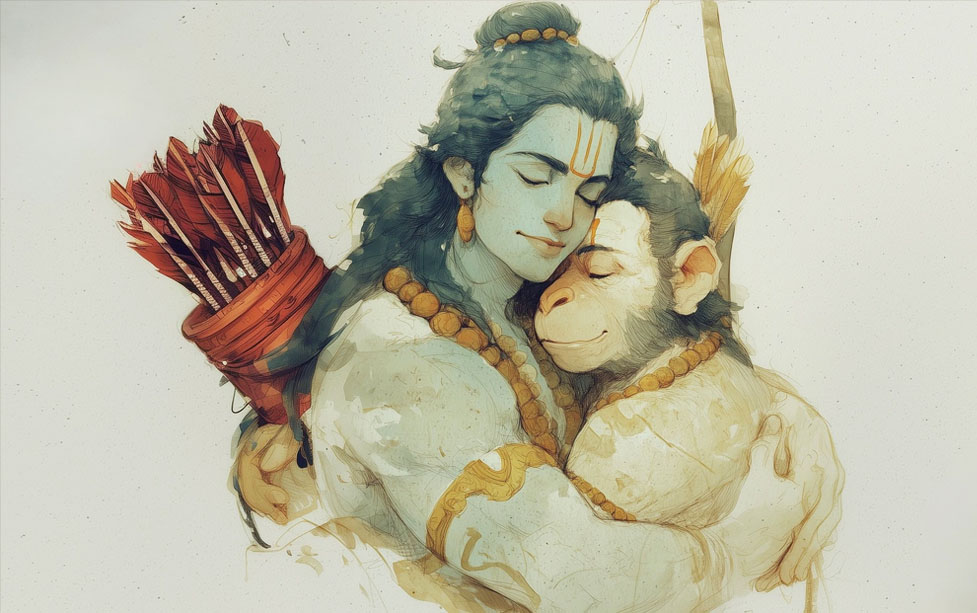
No time for reading the blog? Give it a listen on Spotify.

A love that redefines devotion: not duty, but the joyous recognition of one half of the divine recognizing its other half.
When we think of Hanuman and Rama, a specific image springs to mind: the mighty vanara, humble and devoted, kneeling at the feet of his lord. We frame it as the ultimate story of a devotee and his God. A story of service, of loyalty, of bhakti.
But what if we’ve been viewing it through a limited lens? What if Hanuman’s love was not simply that of a devotee, but something far more profound, ancient, and cosmic? The answer lies in the deepest secret of this divine relationship: the inseparable connection between Vishnu and Shiva.
The Common Narrative: The Perfect Devotee
The popular narrative is beautiful and powerful. Hanuman is the exemplar of Nishkama Karma—selfless service. He leaps across the ocean, fights demons, moves mountains, and does everything for Rama without a single desire for reward. He is the ideal Bhakta, the purest channel of devotion. His love is seen as a one-way flow of devotion from a Jiva (individual soul) to its Bhagavan (Supreme Lord).
But this view, while inspiring, misses the metaphysical truth hidden in plain sight.
The Esoteric View: When Shiva Looks Upon Vishnu
To see the deeper truth, we must first acknowledge who Hanuman is. He is not merely a monkey god. He is Rudravatar, the eleventh incarnation of Lord Shiva. He is Shiva himself, born in a vanara form to serve Vishnu in his incarnation as Rama.
This changes everything.
Hanuman’s devotion is not the love of a separate entity for God. It is the love of one aspect of the Divine for another. It is the conscious, joyful, and loving recognition of the Self by the Self.
Think of it this way:
Rama is Vishnu – the preserver, the embodiment of Dharma (righteous order), the soul of the universe (Paramatma).
Hanuman is Shiva – the transformer, the embodiment of consciousness, the ascetic yogi, the supreme soul (Atman).
When Hanuman looks at Rama, it is Shiva recognizing his own heart in Vishnu. It is Consciousness recognizing itself in the cosmic play of Form and Dharma.
The Chira-Hari Gunas: Two Sides of the Same Coin
The Vedantic tradition describes the Divine with two primary attributes:
Chit (Consciousness) – Shiva’s domain. The silent, formless, aware substratum of all existence.
Ananda (Bliss) – The product of union. The joyful, manifest energy that arises when consciousness engages with creation.
Rama, as Vishnu, is the lord of manifest creation, the tapestry of Dharma woven into the world. Hanuman, as Shiva, is the conscious force that upholds it from within. Hanuman’s service is not subservience; it is Shiva consciously choosing to engage with and uphold the play of Vishnu. His leaps and actions are the dynamic dance of consciousness animating the world of form.
When God Bows to God: The Meaning Behind the Gesture
The most telling moment is not when Hanuman is serving, but when he is praised.
After the war, a grateful Rama embraces Hanuman and says, “You are to me as my own brother Bharata.” This is a king honoring his greatest devotee. But the deeper meaning is Vishnu acknowledging his equal—his brother, another aspect of the Divine.
And how does Hanuman respond? He doesn’t say, “Thank you, my lord.” He presses his head to Rama’s feet with even more intensity. Why? Because for the bhakta, the highest joy is not in being called equal, but in the bliss of devotion itself. Shiva, in the form of Hanuman, is demonstrating that the pinnacle of consciousness is to lose itself in love for the manifest Divine. He is showing us the path.
What This Means For Us: Reframing Our Own Devotion
This perspective transforms Hanuman from a model of servitude to a model of Realization.
His love for Rama teaches us that true devotion (bhakti) is not about groveling before a distant God. It is the journey of the individual soul (the jivatman, which is a spark of Shiva) recognizing its true nature in the supreme consciousness (paramatman, Vishnu).
Hanuman’s strength, wisdom, and powers come from this realization. He is not powerful despite being a devotee; he is powerful because he is a devotee. His service is the expression of his enlightened state.
When we chant “Jai Shri Ram” or “Jai Hanuman,” we are not just calling on two separate deities. We are invoking the sacred union of Form and Formlessness, Vishnu and Shiva, the Lord and His own Conscious Energy. We are acknowledging that the path to the Divine is through the joyful, selfless engagement with the world (Rama’s Dharma) fueled by the conscious awareness of its sacredness (Hanuman’s Bhakti).
So the next time you see an image of Hanuman tearing open his heart to reveal Rama and Sita, see it not as a devotee proving his loyalty.
See it as the ultimate truth: that the core of Consciousness (Shiva/Hanuman) contains nothing but the vision of the Divine (Vishnu/Rama). The lover and the beloved are, in the end, one.
Jai Siya Ram! Jai Bajrangbali!


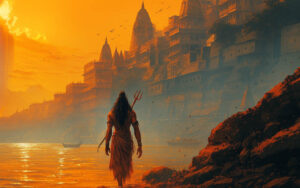
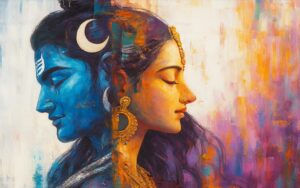
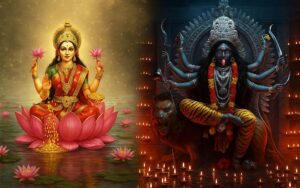
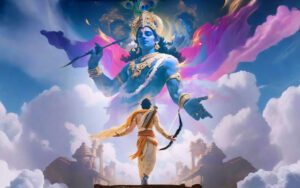
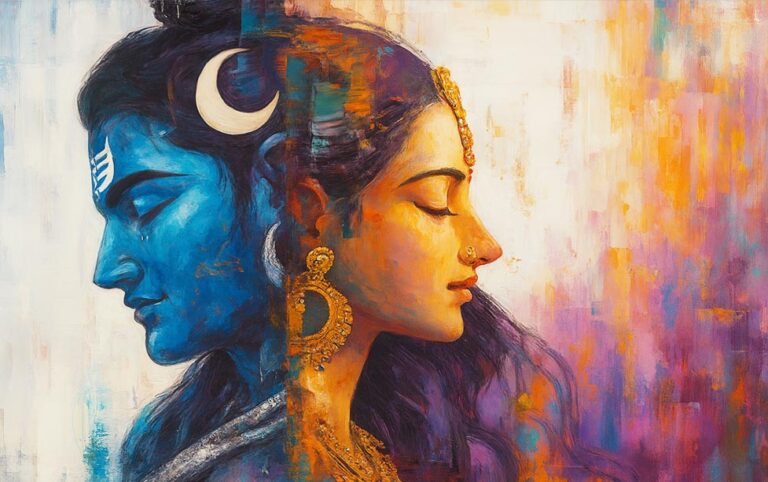
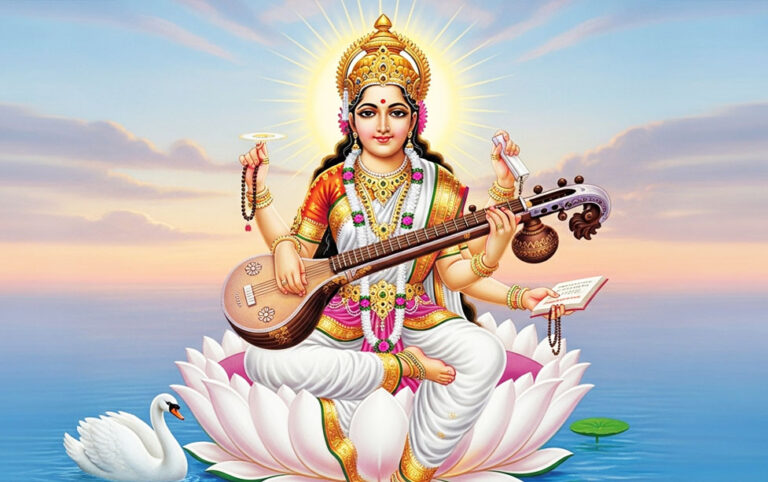
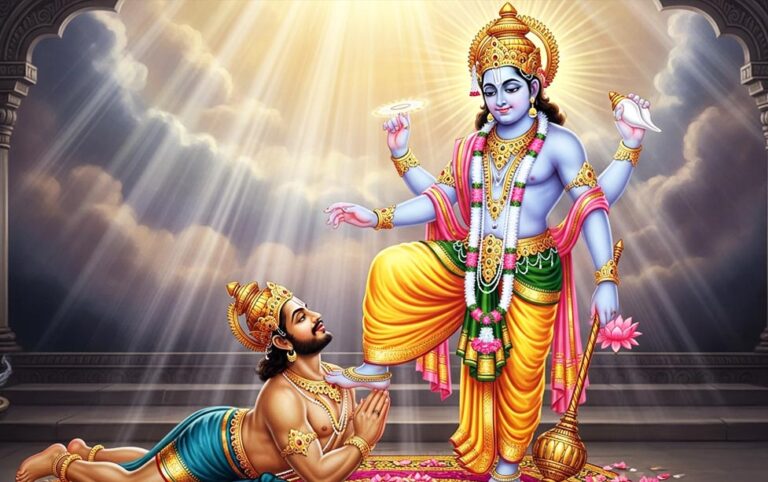
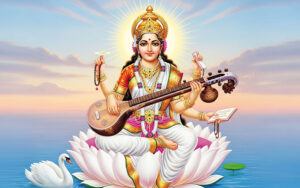
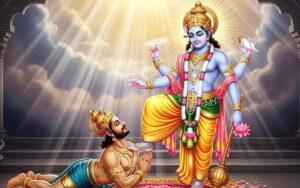
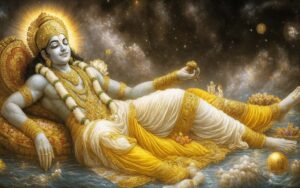
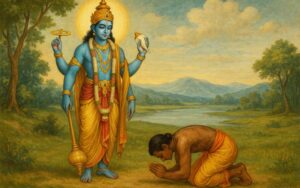
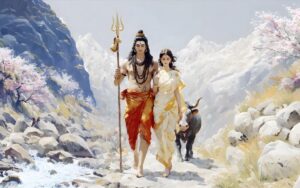
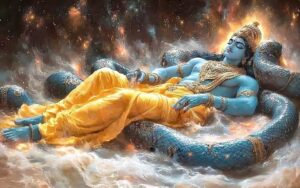
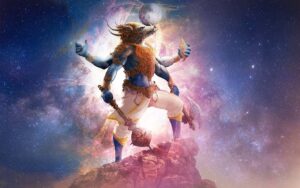
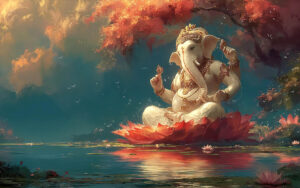
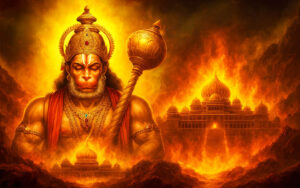
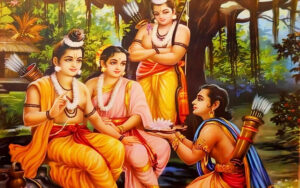
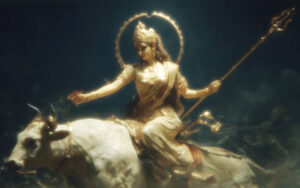
Hari Har ek roop gunshila
Karat Swami Sewak ki leela 🙏